What killed the Western River Expedition? We’ll get there in just a moment. But along the way, let’s take a look at the ways the attraction did live on. After all, they say good ideas never die at Disney. In that way, maybe it’s fair to say that this never-built E-Ticket did end up changing Magic Kingdom – and its sister parks – forever through some subtle and not-so-subtle rehashes of the concept.
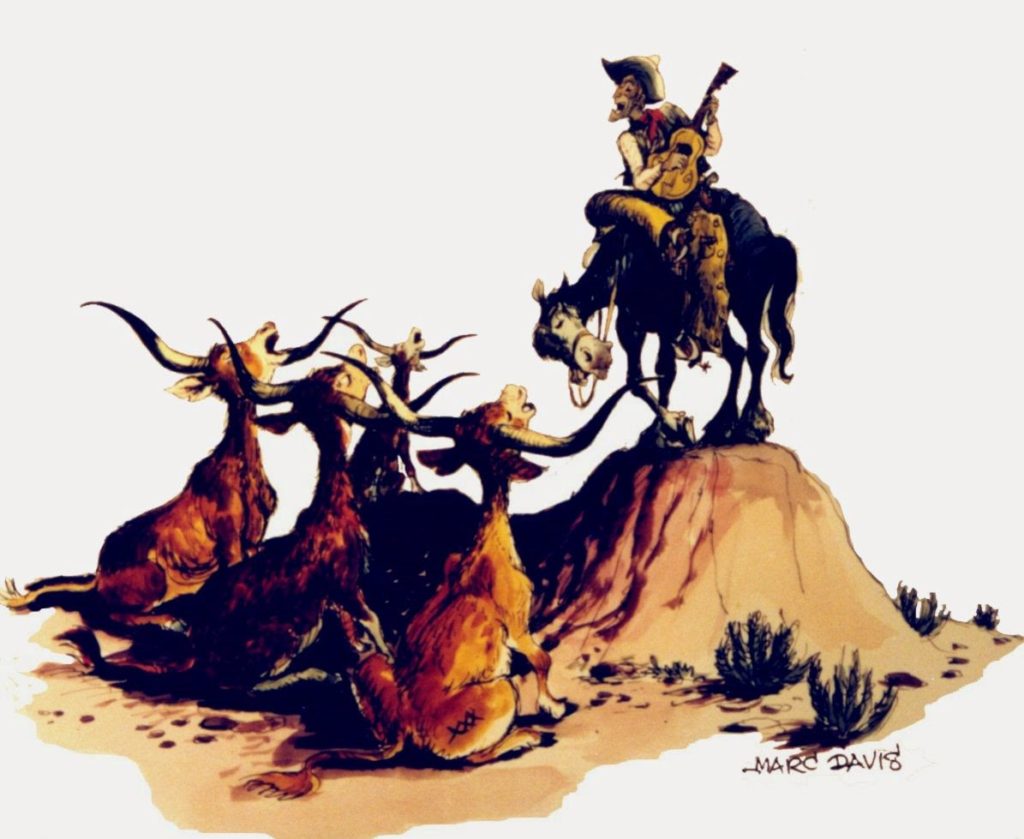
“Where are the pirates?”
When Magic Kingdom opened in October 1971, people from around the globe descended on the Vacation Kingdom of the World. The first phase of the park’s construction had brought with it many of the rides that had been thrilling Disneyland guests for years, like “it’s a small world,” Jungle Cruise, Submarine Voyage, and Peter Pan’s Flight.
But remember one thing it didn’t have? Pirates.
The story goes that the number one question asked of Cast Members from day one was, “Where are the pirates?” Disney historians say that, upon finding out that Pirates of the Caribbean hadn’t made the jump to the East Coast, guests practically stormed Magic Kingdom’s Town Hall to lodge complaints, demanding to know when the pirate ride they’d heard about (still the talk of the town at Disneyland less than five years after its opening) would be built at Walt Disney World, too.
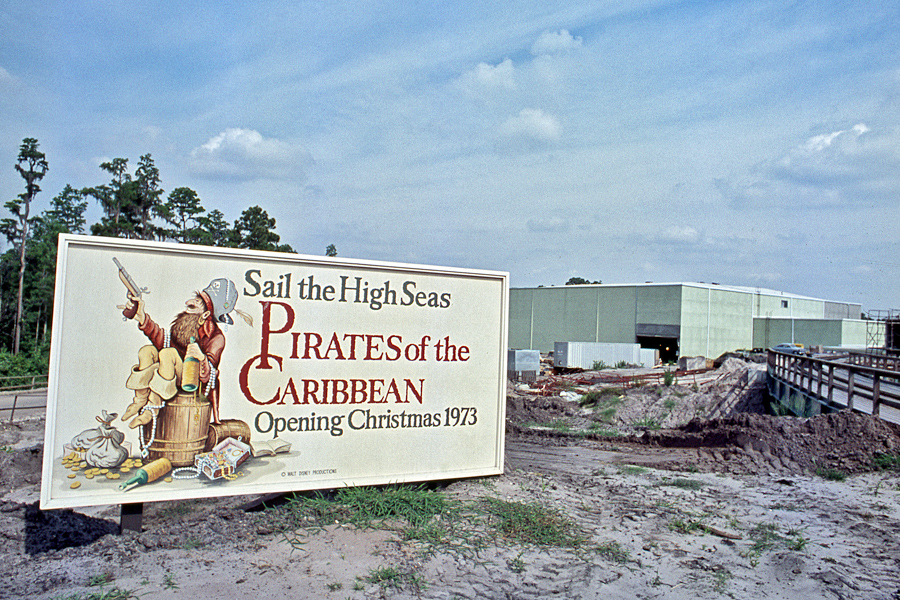
Sure, Imagineers had intentionally excluded Pirates in anticipation of building an equally epic dark ride born of Pirates’ DNA… but try explaining that to irate guests who just knew that their brand new Disneyland-style park had one glaring omission. Then-CEO Card Walker heard their complaints and placed a rush order for a Floridian version of Pirates of the Caribbean, tasking Marc Davis himself with revamping the ride for a quick opening… and a cut budget.
So did the opening of Pirates of the Caribbean mean the end of the Western River Expedition? Despite the simplistic narrative that would offer, not really… In fact, that’s our first step on the list of attractions shaped by the Western River Expedition…
1. Pirates of the Caribbean

Opened: 1973
Believe it or not, Western River Expedition – even unbuilt! – seemed to deeply inform the creation of Magic Kingdom’s own Pirates of the Caribbean… because of what was left out. Davis set to work developing the more concise, budget-conscious version of the original Disneyland masterpiece, and in carefully editing the Magic Kingdom version, he essentially was able to do to Pirates directly what he’d hoped to do vicariously through Western River… re-order and re-interpret the scenes.

Perhaps even more telling, Davis was sure to remove any of the Californian Pirates scenes that were analogous with Western River’s highlight… no slow, atmospheric build in the caverns, no climbing a waterfall, no blazing, collapsing finale… could it be that Davis deliberately cut these scenes from Florida’s Pirates so that the scenes would read as original when Thunder Mesa eventually debuted?
Indeed, it seems Davis reformatted Magic Kingdom’s Pirates of the Caribbean specifically so that, if (and to his thinking, when) Western River Expedition was inevitably built a few hundred feet away, the two rides would feel like companions and complements to one another with no overlapping or repeated gimmicks. Put another way, even though Western River Expedition was delayed for Pirates, Imagineers still expected the Old West dark ride to find its way to Magic Kingdom… eventually.
Perfect storm
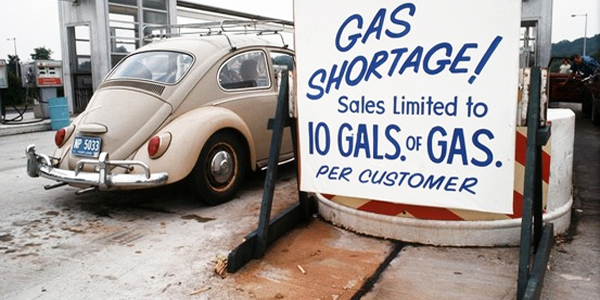
In 1973 – just as the rush-ordered Pirates of the Caribbean opened at Walt Disney World – an oil crisis struck. The price of a barrel of oil quadrupled, gas prices skyrocketed, and the American economy tanked. Like the dearth of investment in the parks after the September 11th terrorist attacks devastated the tourism industry, plans across the Disney Parks were slashed. That’s why, in the 1970s, most of the projects at Disney Parks were thrill rides and roller coasters – much cheaper to build than the elaborate dark rides of yesteryear.
That still didn’t mean Western River Expedition was off the table… just that it would need to be further delayed before it could have a chance of joining the Magic Kingdom lineup as executives waited for the economy to strengthen.
Then when the economy did fully rebound in the mid-1970s, Imagineers got the call to work full-speed ahead toward EPCOT Center and Tokyo Disneyland, minimizing their ability to become involved in most anything else. However, one project influenced by the Western River Expedition did squeak through thanks to a new business plan…
2. Big Thunder Mountain Railroad
Opened: 1980
By time the economy rebounded in the mid 1970s, then-CEO Card Walker was looking for ways to plus Magic Kingdom, and Western River Expedition might have seemed like a natural, ready-made way to do it. However, a fresh, young face at Imagineering – Tony Baxter, barely 25 years old – was paired up with Marc and tasked with refining the runaway mine train roller coaster concept as part of the Thunder Mesa development. It was the perfect project for the new kid, since Davis wanted the coaster element to be attractive to executives without overshadowing the elaborate dark ride he’d designed.
Perhaps unfortunately, Tony Baxter had other ideas. Tony wanted badly to bring his best work forward, and allegedly became frustrated that any ideas he had for the mine train roller coaster were shot down by the senior Davis, who wanted his piece of the project to remain the headliner. When presenting his admittedly uninspired mine train to Card Walker, Tony must’ve let his true feelings show. The CEO asked if he was happy with his design, and Tony admitted that he wasn’t.
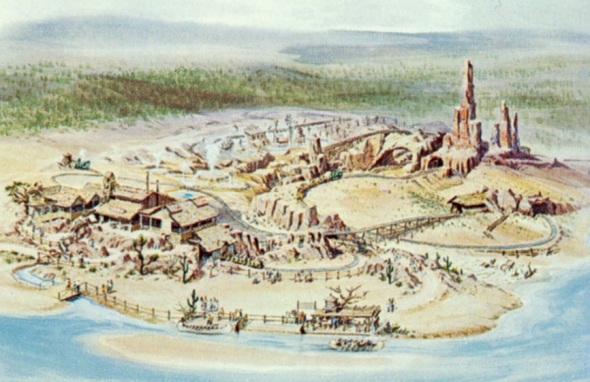
It was Walker who, as the story goes, told Tony that if he thought his project could be a bigger hit, he ought to branch off and develop it as a standalone… rather than being an accessory to Western River Expedition, Walker suggested that Tony’s ride could compete for the land set aside for it!
He did. Executives liked his “Big Thunder Mountain” concept, which was both much less expensive than Western River Expedition and served to add much-requested thrills to the park.
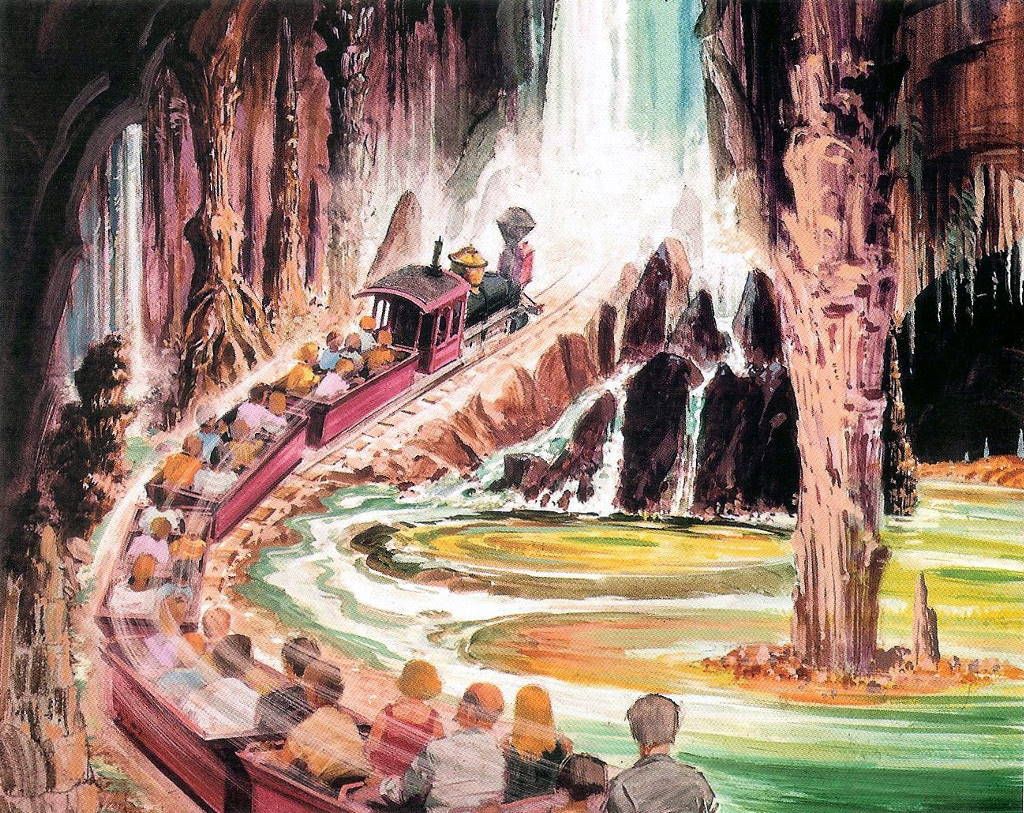
Truthfully, Big Thunder did four things exceptionally well:
- In true 1970s style, save big bucks compared to the elaborate, Animatronic-heavy Western River Expedition;
- Give Disney’s “Frontierland” concept a new lease on life in an era when Americans’ fascination with the Old West had faded;
- Infuse more thrills into the parks – an early adopter of the way of thinking that would become standard in the cinematic Eisner era that followed;
- Fuse the three attractions planned for Thunder Mesa – its flume through Nature’s Wonderland-style caverns and landscapes, its fast-paced coaster, and its Western River Expedition through flooded mining towns – into one cohesive (and did we mention, much less costly?) attraction while simultaneously paying homage to the Mine Train Through Nature’s Wonderland
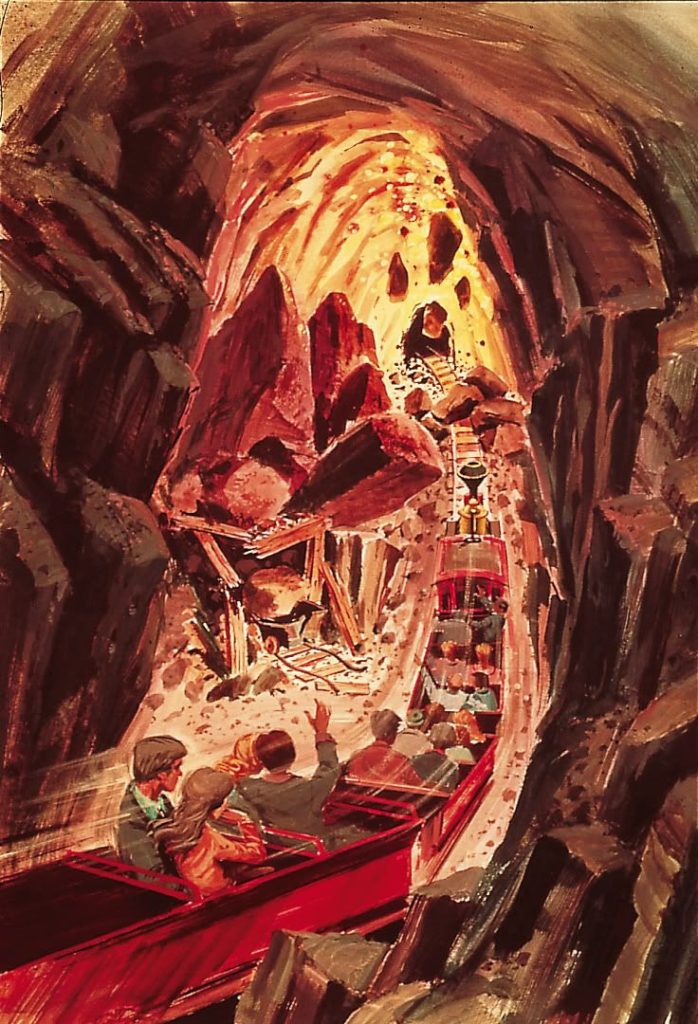
So Tony Baxter had “stolen” the real estate right out from under his mentor’s feet, and Disney executives were all too happy to green light the lower-cost, high-thrill Big Thunder Mountain. By the way, it’s said Marc Davis never forgave Tony Baxter (even when Tony deliberately saved the doomed animatronics from Davis’ “America Sings!” by incorporating them into his Splash Mountain).
Of course, Baxter was just getting started. He’d go on to become the Disney Legend we know today – an unthinkably creative fellow responsible for some of the biggest new-age E-Tickets Disney would ever host… From Lost Legends: Star Tours, Journey into Imagination, and 20,000 Leagues Under the Sea to Indiana Jones Adventure, Splash Mountain, and more.
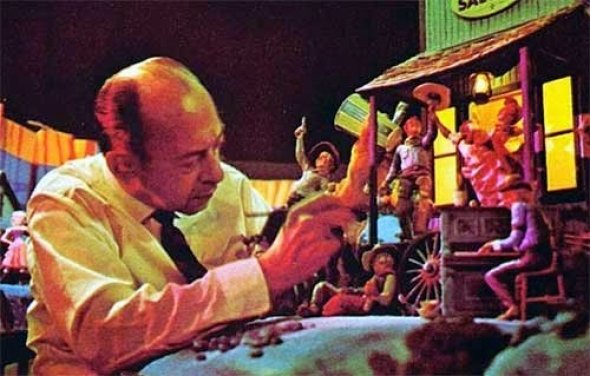
But Davis wasn’t quite done yet… The revered Legend was determined to get his prized project – the Western River Expedition – built and spent the rest of his career trying. If it couldn’t be at Magic Kingdom, maybe it could be across the country? Or across the sea? We’ll wrap up the tale of this forgotten expedition on the last page…



